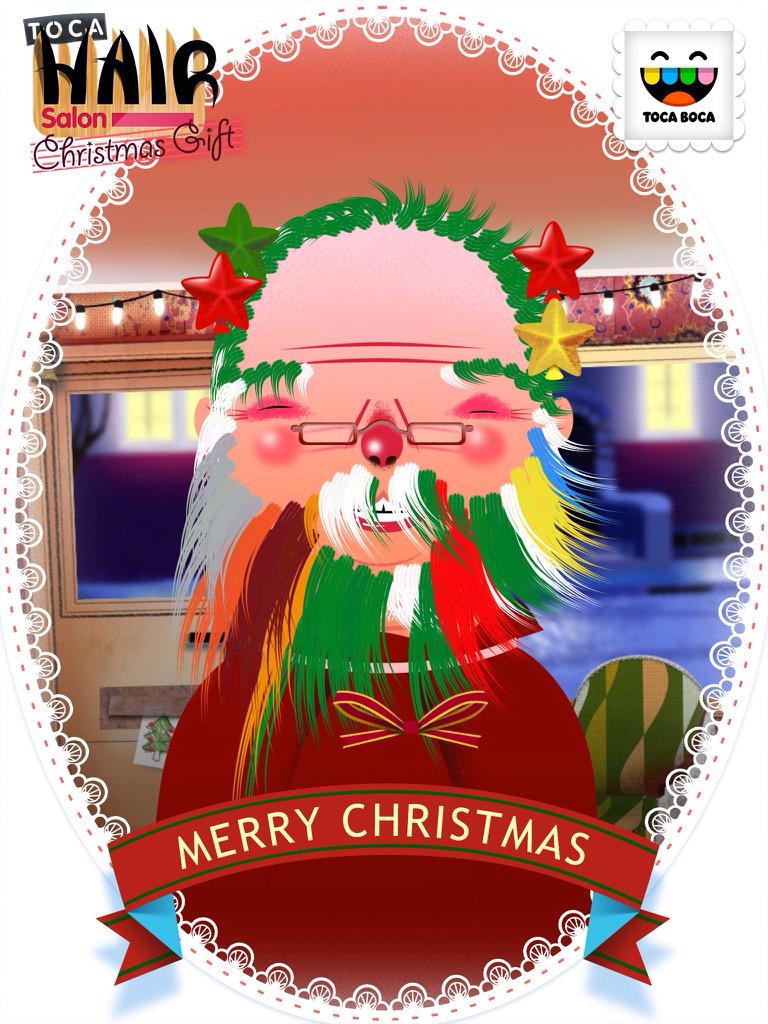This evening I've been having a quick play with Blox 3d world, which was free yesterday via apps gone free. I liked the look of it because it reminded me of kodu, but on the iPad. Granted it doesn't allow you to program elements like kodu, in fact it is very basic, but I've still had fun creating my very own Westeros.
There are some tutorials that you can watch, which will show you how to create things based on the type of world you want to build.
I quickly created my land and Castle Black, then added some watchers on the wall and some (white) crows, before starting on Winterfell and the King's road. This took minutes, once I got the hang of adding blocks. The area reduces in size as you start to fill the screen, allowing your world to expand. I initially found it quite tricky to add the land and I think you do have to tap it in the right place (the brown bit underneath the turf), but it is easy to delete blocks that you misplace - and build them up into hills, walls etc.
I think it has value in that children can use their imagination and create their own worlds, testing how things interact with each other.

For more information, check out http://www.blox3d.com.








































